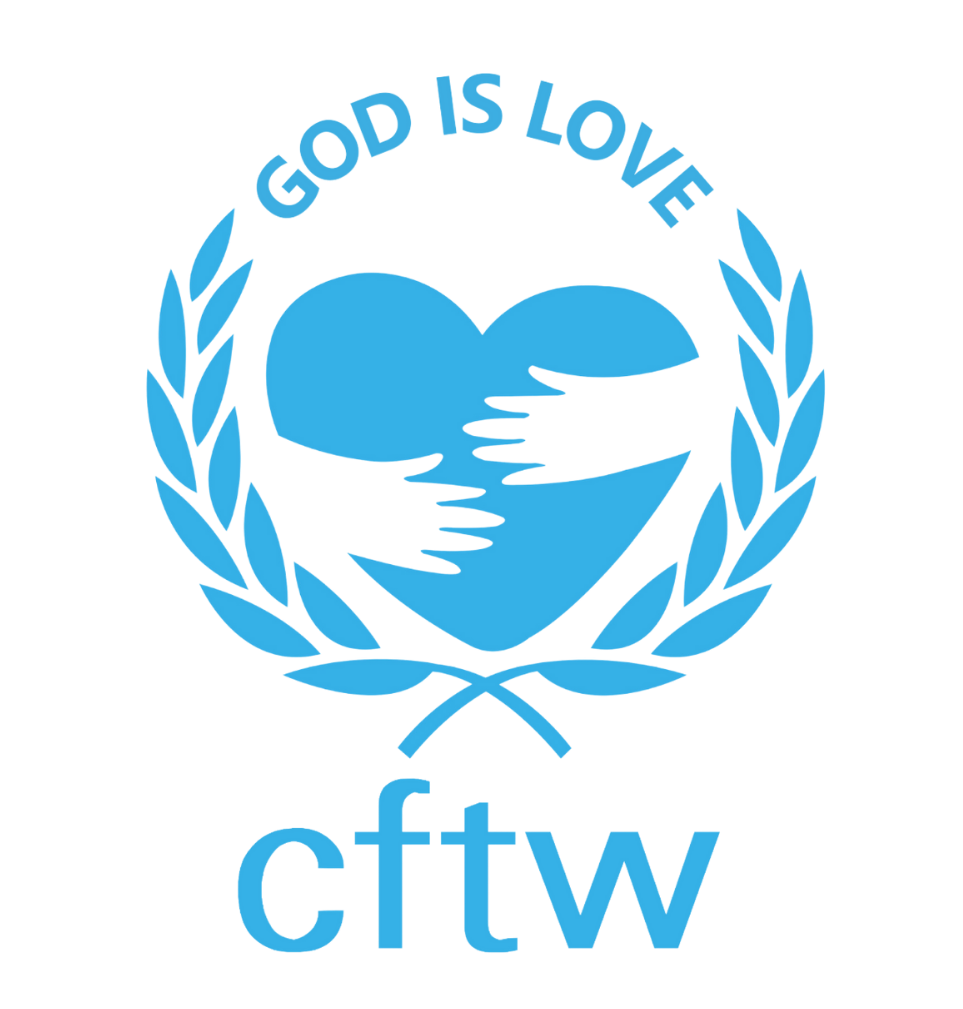Appeals for donations to help the poor are so abundant that the poor and destitute images become overly graphic and prevalent. Every person who has seen these images can quickly bring them forward to consciousness. Often, one must promptly dismiss the images to reduce the impact of the suffering may have on the day. It is preferable only to acknowledge the poverty and hope that one can make some active act of charitable donation when convenient. We maintain a shadow outline of the images to avoid excessive emotions of despair and hopelessness. If we dwell on these images, they may produce feelings of guilt, and since we cannot actively do something to help, one begins to resent the appeals for help to sideline the guilt feelings that may well up. Guilt is uncomfortable but results at times from a failure to act. If you have a charitable heart, then compassionate feelings can be overwhelming.
One cannot entirely dismiss mass media appeals. Ignoring them goes against a compassionate nature. Ignoring the prompts of compassion is highly uncomfortable, especially when an adequate response is not possible. We tend to relegate the tragedy of poverty to a passing image or cursory glance. Like the one my confessor unconsciously gave my abdomen while explaining how some forms of gluttony could be less serious than others, momentary intemperance in eating, for instance.
Perhaps Chesterton saw some deal with the pain of poverty. Rather than seeing the images with a clear, sharp lens, we prefer to see the images in vague outlines or a complex, impenetrable maze without seeing the pain. Chesterton states, “There are two ways of dealing with the dignity, the pain, the prejudice or the rooted humour of the poor; especially of the rural poor. One of them is to see in their tragedy only a stark simplicity, like the outline of a rock; the other is to see in it an unfathomable though a savage complexity."

There might be a particular splendour in poverty that reflects on the pessimist as bravery in the face of poverty. But at this point, the pessimist abruptly stops. They see poverty as a nebulous maze that resembles a forest entangling an unwary person who ventures into it. The pessimist believes the entire problem is beyond the ability of a few people to solve and relegates the issue as a whole to the grinding wheels of the bureaucracy of political channels and government studies and committees.
Meanwhile, in India, we have recently been told the middle-class suffers from lockdowns and social unrest and strikes. Food and fuel prices are soaring while businesses close and salaries are reduced in half. One example is a family who considered themselves “middle-class” in the past. We have helped them with school fees, but now other expenses are mounting. They now must live on 2500 rupees a month and are struggling to provide for their three children on that income.
Please commit to helping. Remember, Charity is the highest, most eminent virtue. You express that virtue with your donation. We struggle daily to help, but we can do nothing without your support.

